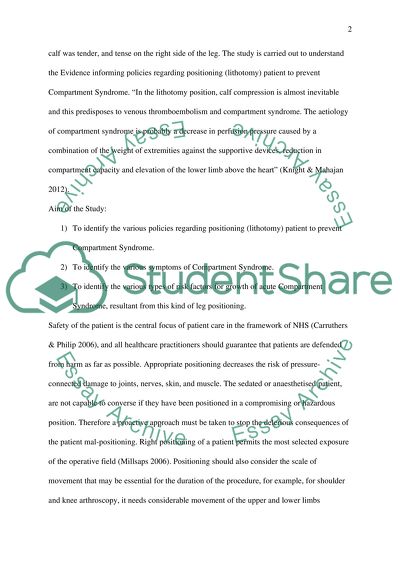Cite this document
(“Evidence informing policies regarding positioning lithotomy patient to Essay”, n.d.)
Retrieved from https://studentshare.org/nursing/1397190-evidence-informing-policies-regarding
Retrieved from https://studentshare.org/nursing/1397190-evidence-informing-policies-regarding
(Evidence Informing Policies Regarding Positioning Lithotomy Patient to Essay)
https://studentshare.org/nursing/1397190-evidence-informing-policies-regarding.
https://studentshare.org/nursing/1397190-evidence-informing-policies-regarding.
“Evidence Informing Policies Regarding Positioning Lithotomy Patient to Essay”, n.d. https://studentshare.org/nursing/1397190-evidence-informing-policies-regarding.


